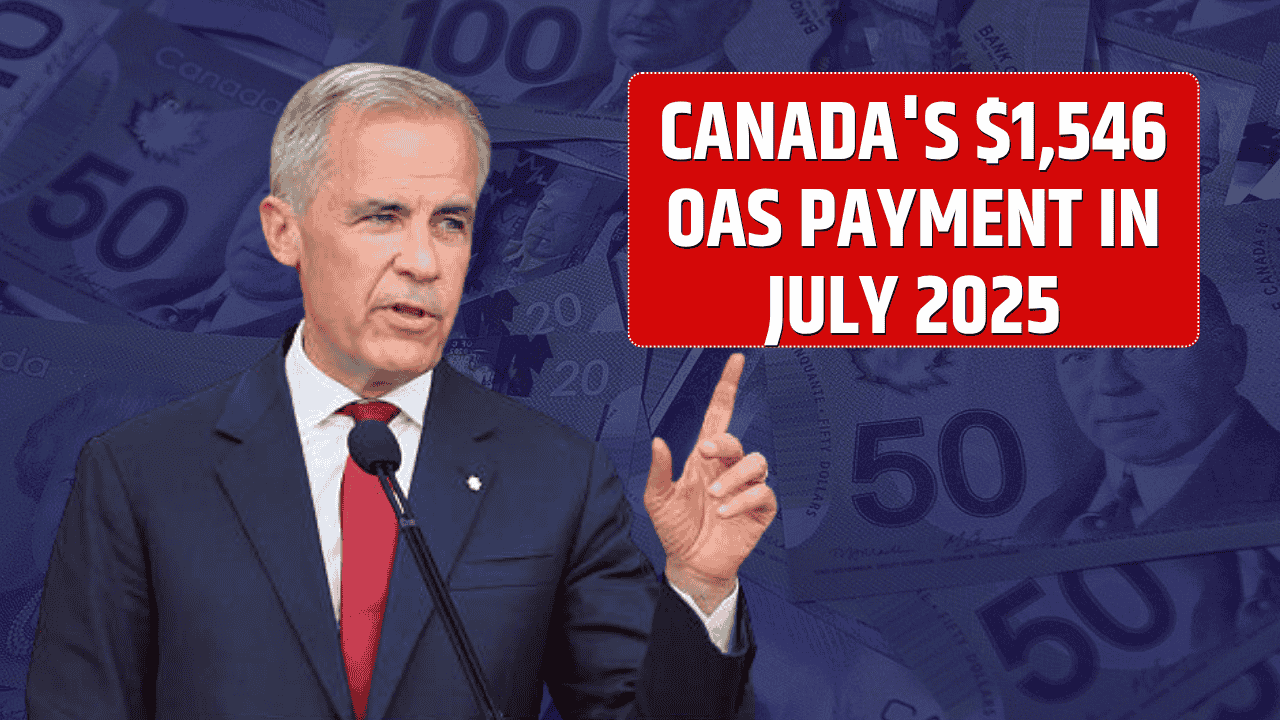As the year wraps up and tax season draws near, Canadian students have a golden opportunity to claim up to $7,500 in student-related tax credits. From tuition payments to student loan interest, several federal and provincial programs can help reduce your overall tax bill or even generate a refund. If you’re a student—or supporting one—this guide is your go-to resource for knowing and claiming the 2025 student tax credits.
Table of Contents
Overview
Here’s a quick snapshot of the key benefits available:
| Credit Type | What It Covers | Potential Value |
|---|---|---|
| Tuition Tax Credit | Tuition paid to accredited schools | 15% of tuition (e.g., $750 on $5,000) |
| Student Loan Interest Credit | Interest paid on government student loans | 15% of interest paid |
| Provincial Tuition Credits | Tuition, books, other student-related costs | Varies by province |
Combined strategically, these benefits could total up to $7,500 or more over time if carried forward or shared with eligible family members.
Tuition Tax Credit
The federal Tuition Tax Credit is one of the most valuable tools in your tax-saving toolbox.
Who Qualifies?
- Students enrolled full-time or part-time in a post-secondary program
- Institutions must be recognized under the Canada Student Loans Program
- Tuition fees must be over $100 for the year
How Much Can You Claim?
You can claim 15% of your eligible tuition fees. For example:
- $5,000 in tuition = $750 in federal tax credits
- You can also carry forward unused amounts or transfer up to $5,000 to a parent, grandparent, or spouse
Student Loan Interest Credit
If you’re repaying student loans, don’t forget the Student Loan Interest Tax Credit.
Who’s Eligible?
- Must have paid interest on Canada Student Loans or provincial loans
- Private loans and lines of credit don’t qualify
How Much?
You can claim 15% of interest paid. If you paid $1,200 in 2025, your credit is $180.
Unused credits? You can carry them forward for up to five years.
Don’t Forget Provincial Credits
Each province in Canada may offer its own credits. These can significantly boost your total refund.
Examples by Province:
- Ontario: Ontario Tuition and Education Amount Transfer
- British Columbia: BC Training and Education Savings Grant
- Manitoba: Tuition Fee Income Tax Rebate
- Quebec: Special deductions for tuition and scholarship income
Make sure to check your provincial tax forms and websites to see what applies to you.
How to File
Here’s how to make sure you claim every dollar you deserve:
Step 1
- T2202A form: Shows your eligible tuition amount
- T4A: For scholarships, bursaries, or student loan interest
- Receipts for any provincial credits (books, supplies, etc.)
Step 2
Use one of the following:
- CRA’s My Account platform
- Certified tax software like TurboTax, Wealthsimple Tax, or UFile
- A registered tax preparer
Complete:
- Schedule 11 for tuition credits
- T1 General tax form
- Any additional provincial forms based on your location
Step 3
Double-check your entries before submission. After filing, the CRA will confirm your refund or balance.
Step 4
Keep all tax-related documents for at least 6 years, in case CRA reviews your return.
Maximize Your Benefits with These Tips
- Carry Forward Credits: If your tax bill is zero, don’t worry—carry unused tuition credits forward.
- Transfer Smartly: Share up to $5,000 of unused tuition with a qualifying relative.
- Track All School Expenses: While not all are deductible, some might qualify under provincial rules.
- File Even If You Don’t Owe: Filing ensures you carry forward your credits and build your tax history.
FAQs
What is the $7,500 student credit?
It’s a combination of tuition, loan interest, and provincial credits.
Do I automatically get the credits?
No, you must file a return and claim them with the right forms.
Can I transfer unused tuition credits?
Yes, up to $5,000 can be transferred to a parent or spouse.
What documents do I need?
T2202A, T4A, student loan interest receipts, and tuition receipts.
Can I claim private loan interest?
No, only government student loan interest qualifies.


























